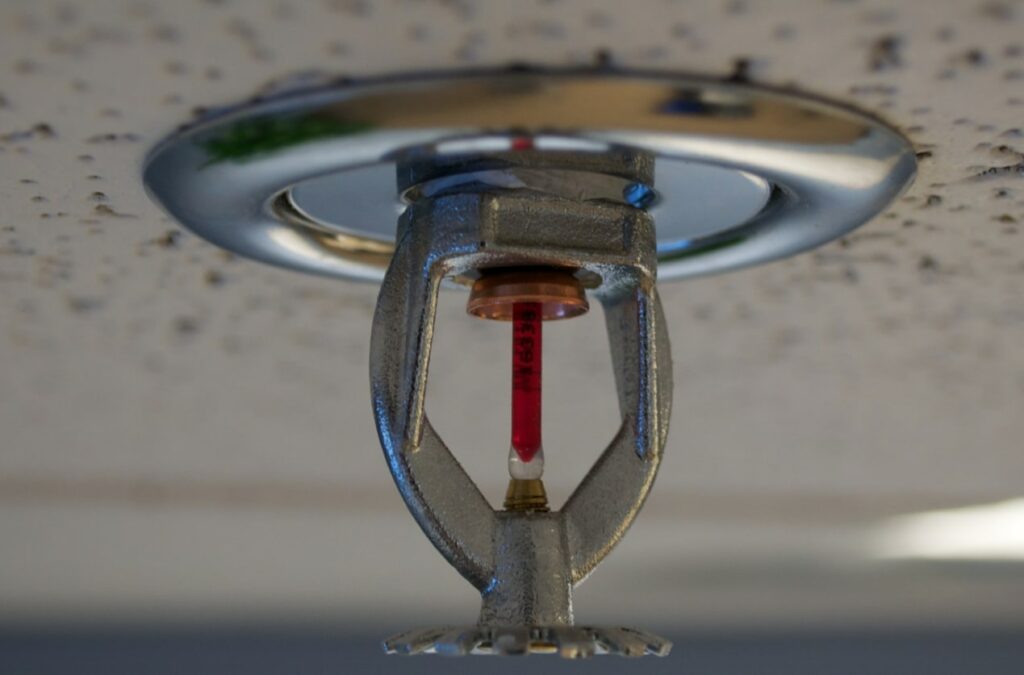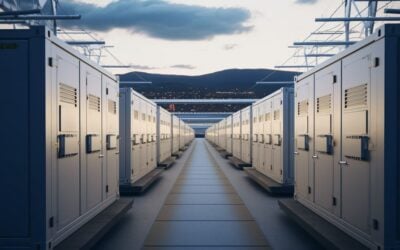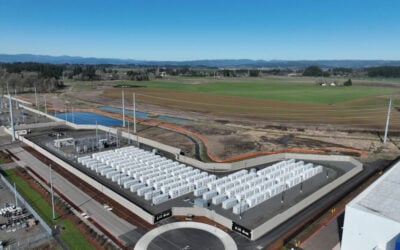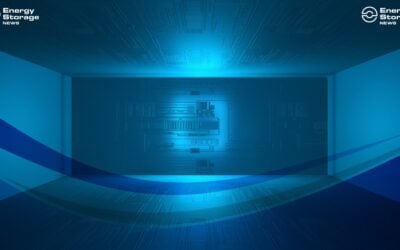
The second high-profile battery storage failure due to a faulty sprinkler system could mark the beginnings of exclusions from insurance policies if certain providers develop a negative track record, a source said.
Sprinkler systems being activated when they shouldn’t have been responsible for battery failures at two major battery storage projects in California recently: Terra-Gen’s Valley Center and Vistra’s Moss Landing Energy Storage Facility, the latter the largest project in the world which was taken out of service for months as a result.
While it’s still early days, a source working in the battery storage insurance sector said that these kind of incidents are likely to come up more and more as deployments grow, and that insurance policies could start to take account of them in future.
“If a certain manufacturer or EPC (engineering, procurement and construction) contractor has developed a negative track record with any part of their equipment – in this case sprinkler systems but we could just easily be talking about blades on wind turbines or inverters at a solar facility – then those will start finding their way into exclusions in insurance policies,” they said.
Try Premium for just $1
- Full premium access for the first month at only $1
- Converts to an annual rate after 30 days unless cancelled
- Cancel anytime during the trial period
Premium Benefits
- Expert industry analysis and interviews
- Digital access to PV Tech Power journal
- Exclusive event discounts
Or get the full Premium subscription right away
Or continue reading this article for free
“You have to disclose all your equipment and who your EPC is, and if someone develops a bad enough track record the insurer will say I don’t think I want to insure this policy. And if I do, I’m putting this specific exclusion in. But those aren’t standard and a client will want to avoid those situations if they can.”
“So I would say that’s not the position at the moment, it’s so far so good, but watch this space. We’re very much at the embryonic stage of mass scale deployment and as more and more projects are deployed, just as with wind and solar, these things will start to crop up.”
As Energy-Storage.news wrote recently, some in the sector say that battery insurance costs are generally falling as insurers better understand the risks involved.
Energy-Storage.news’ publisher Solar Media will host the 5th Energy Storage Summit USA next week on 28-29 March 2023 in Austin, Texas. Featuring a packed programme of panels, presentations and fireside chats from industry leaders focusing on accelerating the market for energy storage across the country. For more information, go to the website.


![burns and mcdonnell GA_Battery_Storage_003[84] The maturing industry has allowed EPCs to "get more creative with engineering technology and construction equipment to help streamline operations in the field," Julian Hoover says. Image: Burns & McDonnell](https://www.energy-storage.news/wp-content/uploads/elementor/thumbs/burns-and-mcdonnell-GA_Battery_Storage_00384-rgklnp65oz5okwj4j525f5bdz9y57j338jh6zpqdvo.jpg)


